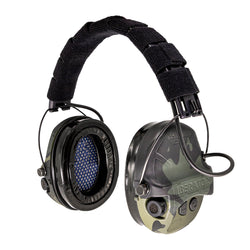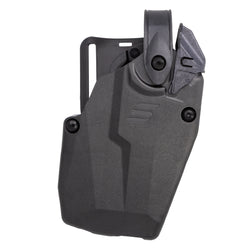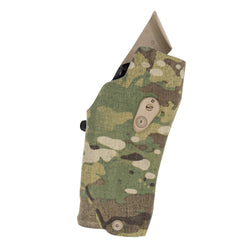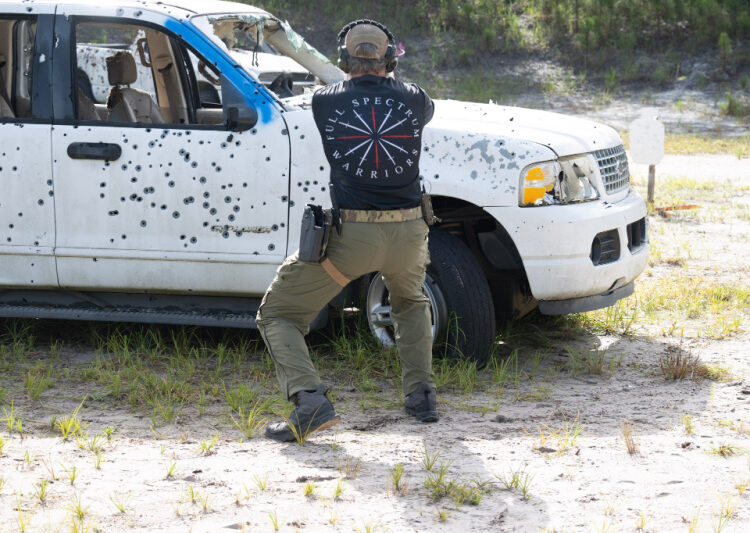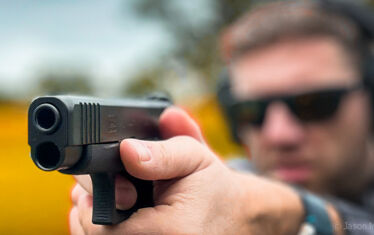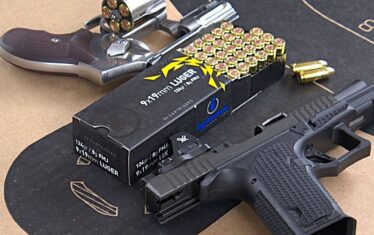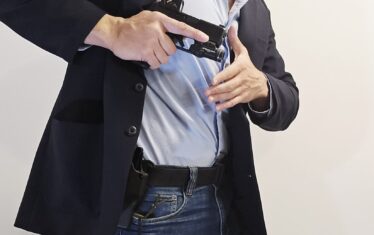The truth isn’t a nice thing. It’s a harsh mistress—unflinching and cruel. But it’s still the truth. With that in mind, let’s look at five harsh truths about gunfights.
1. You’ll Fall To Your Level of Training in a Gunfight
In an intense, violent situation, you won’t become John Wick. You won’t rise to the occasion; instead, you’ll fall to your lowest level of training.
The more training you’ve done, the more likely you are to respond to violence effectively. If you’ve practiced and trained in intense environments and with competent instructors, your likelihood of success skyrockets.
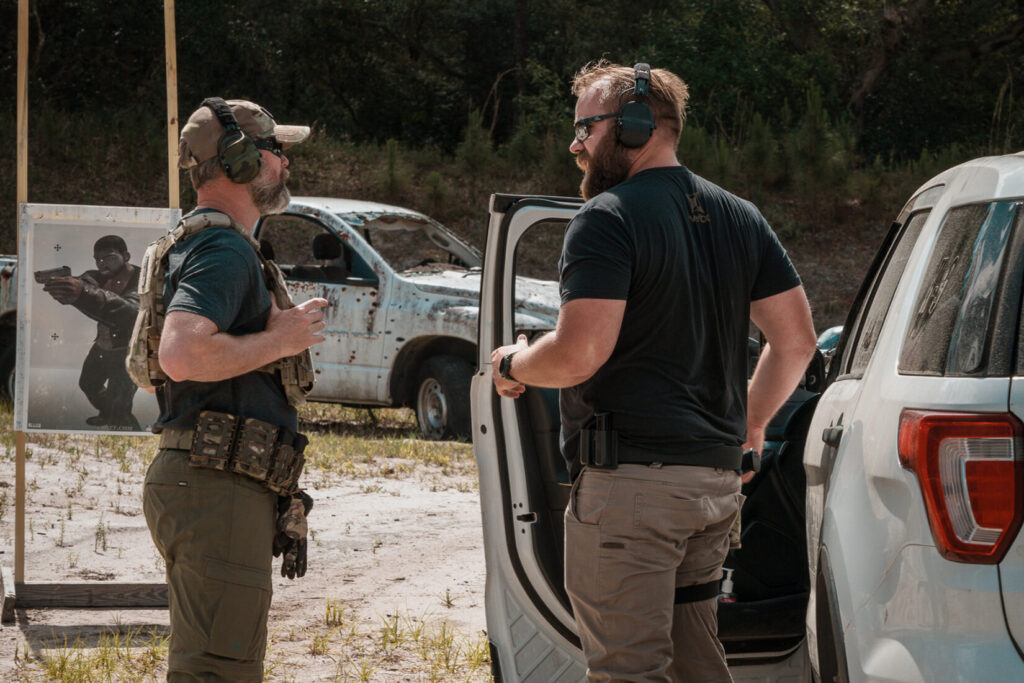
If you’re just going to the range every weekend and punching paper, you’re doing more than most. But it’s not going to be enough.
If you’ve done any kind of training that integrates stress, you’re already more likely to respond competently when under pressure. Introduce a shot timer to someone who’s never used one, and you’ll see them fold—even in a completely safe environment.
That little beep creates stress. Now, imagine what happens when someone is trying to kill you.
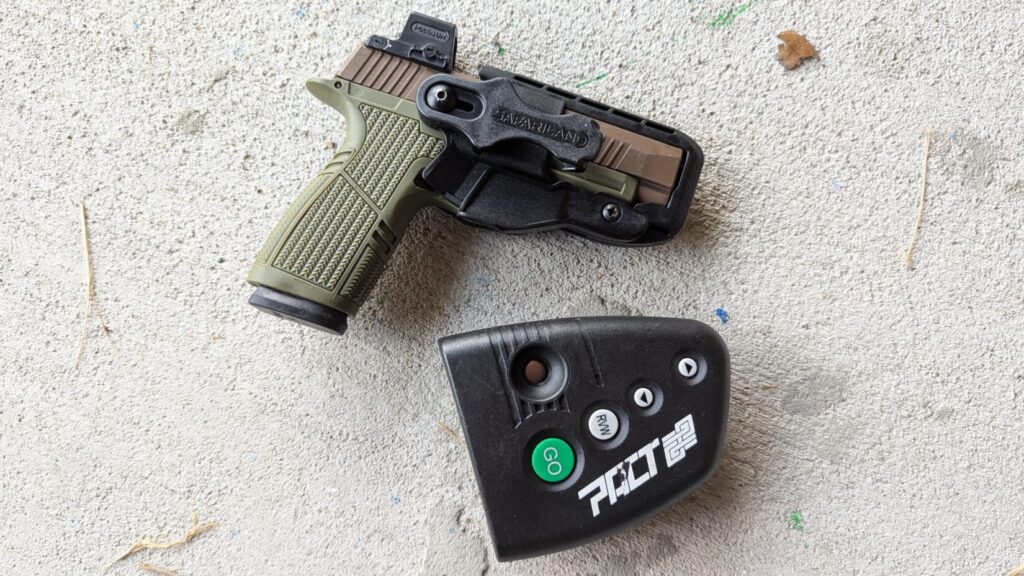
Practice and train. Do it often. Remember, defensive shooting is a perishable skill. If possible, seek advanced training like force-on-force to observe how an enemy might move and respond with fire. It will open your eyes and reveal the skills you need to improve.
2. Don’t Trust Averages When It Comes to Gunfights
Averages are tricky. Used correctly, they can reveal helpful data. But averages never paint a full picture, and training for the “average” self-defense encounter will leave you blind to reality.
One of the most repeated ideas in the gun world is the 3-3-3 rule: the average gunfight happens at three yards, lasts three seconds, and involves three rounds fired. But is that the standard you should train to?

Sure, you should certainly be capable of firing quickly and accurately at close range. But if you only train to shoot at absurdly close ranges, you won’t be prepared for the real world.
Take Elisjsha Dicken, who had to engage a threat at 40 yards with a Glock 19 and fired ten rounds. That’s well outside anything we consider average.
Averages lie. They can be skewed by outliers and fail to reflect reality. For example, if nine self-defense shootings happen at point-blank range and one at 100 yards, your average range is ten yards. But that number doesn’t reflect anything useful.
Train to be competent at a variety of ranges, at a variety of speeds, and against a variety of targets. Gunfights don’t follow rules.
3. Caliber Doesn’t Matter (That Much) in Gunfights
When it comes to handguns, I’m going to say something that feels controversial. Caliber doesn’t matter all that much. Handguns suck at fighting.
The only damage they do is through direct contact with the target. Unlike rifles, there are no secondary wounding characteristics. A fractionally larger bullet doesn’t make a substantial difference.
What really matters is penetration. A handgun round must reach vital organs to be effective. The real-world test we use to evaluate this information is ballistic gel. We want 12 inches of penetration through ballistic gel at a minimum, with the round fired through several layers of denim first.
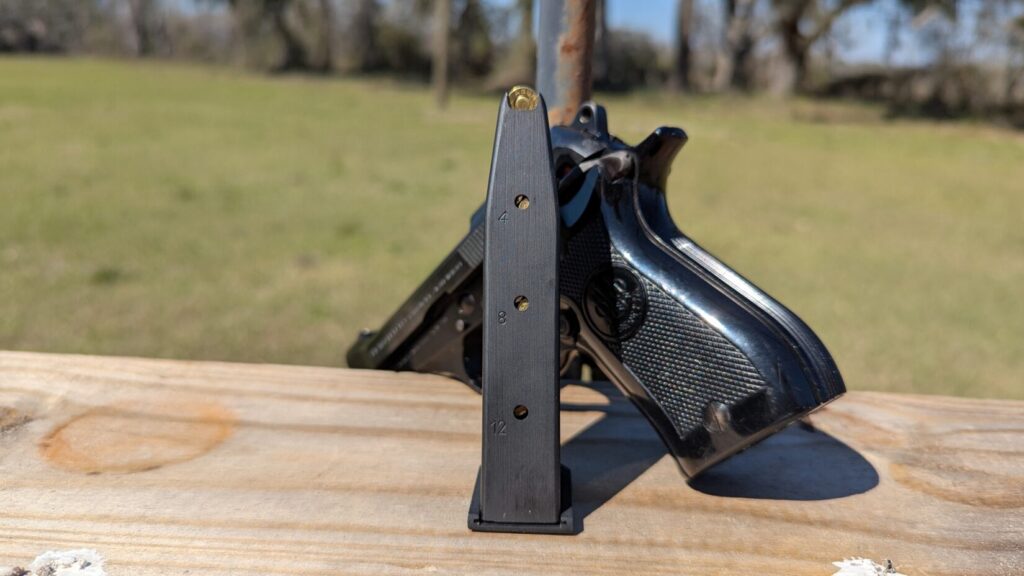
Jacketed hollow points can provide expansion, which increases wound size. Bigger holes can be helpful, but deep enough penetration is the most important factor.
Velocity, energy, and projectile size don’t matter beyond the round’s ability to penetrate to an adequate depth. Cartridges like .380 ACP, .32 ACP, and even .22LR can be adequate for self-defense, but admittedly require research.
While cartridges like .357 Magnum and 10mm offer a lot of extra velocity and oomph, they don’t do anything different in terms of terminal ballistics. They might penetrate better, but they aren’t a magic pill for self-defense.
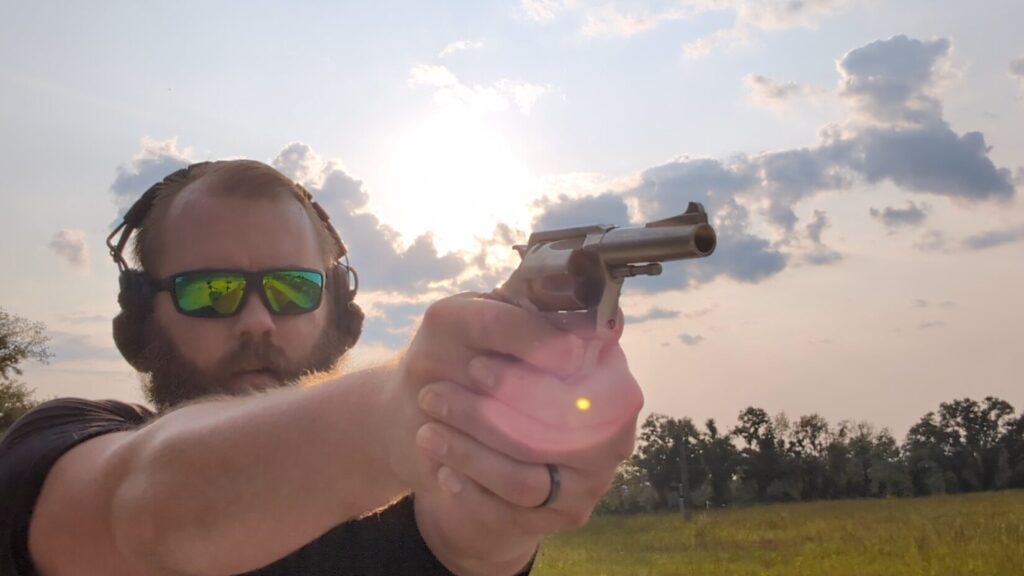
Find something that penetrates adequately, fits a platform you’ll carry every day, and offers reasonable capacity. Don’t get too hung up on the size of the projectile.
4. Real Gunfights Are Rarely Ideal
Often, we train the same way so frequently that we start expecting real encounters to play out that way. But gunfights are rarely optimal.
This is true in martial arts too; we tend to train for perfect circumstances.
In real life, the situation won’t be ideal. You won’t be in the best position or stance, and you might not have a clear shot at your target. And your target might only be partially visible.
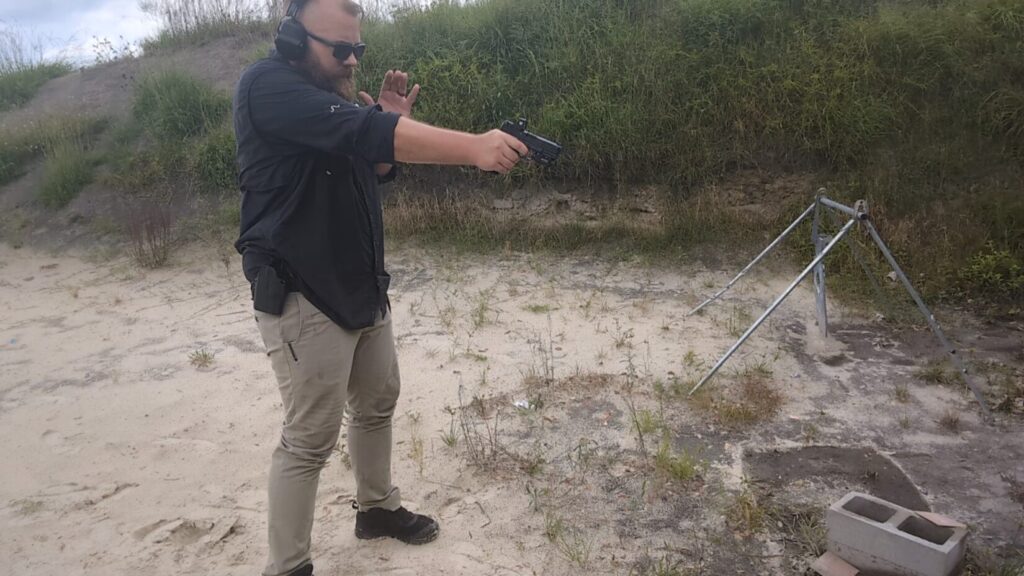
This means the man-sized silhouette you train against isn’t a realistic target. If your threat is only exposing 1/16th of their body, you need to be able to hit that 1/16th with your carry gun.
You need to be mentally and physically prepared for the situation to be on the bad guy’s terms. You need to be physically prepared to meet those terms. This means training for less-than-optimal scenarios like awkward positions, compromised footing, and imperfect visibility.
This might deflate your ego, but you’ll be better prepared to win the fight.
5. The Only Real Way To Win Is Not To Play
If you “win” a gunfight, the best-case scenario is surviving a traumatic event. Worst case? You die later. Somewhere in between is a hospital stay, a criminal investigation, and a court date. That’s what winning looks like.
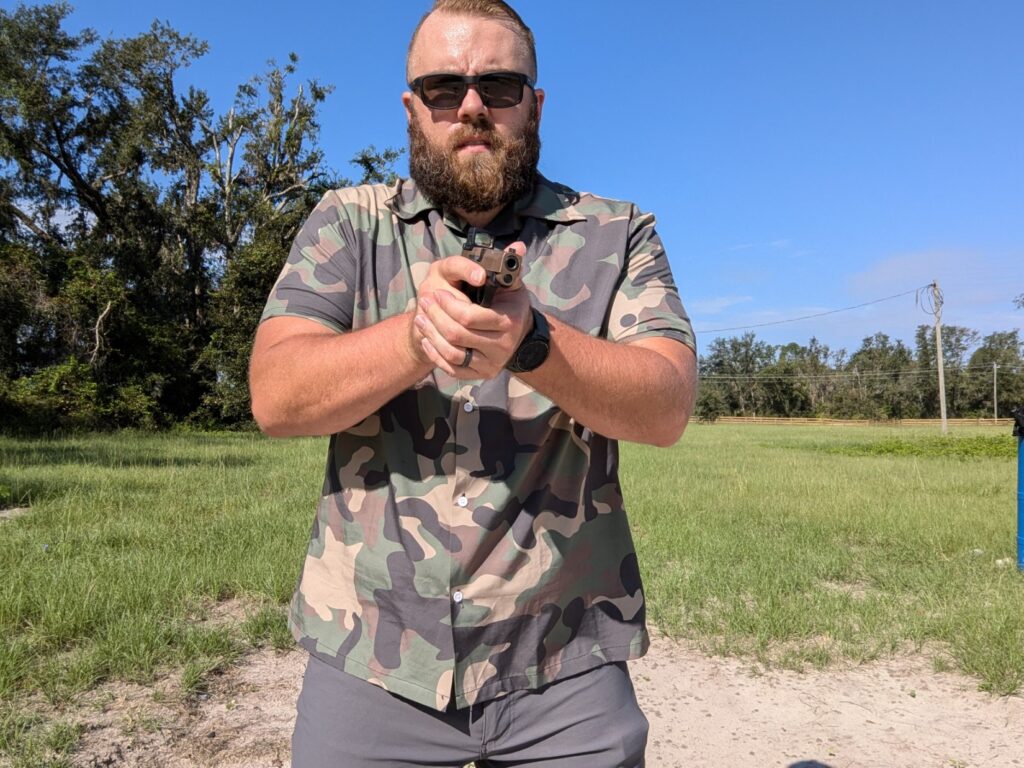
Check your ego. Be willing to walk away. Additionally, you can help reduce your chance of random violence by avoiding stupid places, at stupid times, doing stupid things.
Avoid the fight, avoid it the best you can. If you want a fight, join an MMA gym. If you want to be a responsible concealed carrier, then you have to accept that the only way to win is not to play.
Final Thoughts on Gunfights and Gunfighters
The truth about gunfights will never be comforting. However, understanding and accepting the world as it is rather than how we’d prefer it to be is a big step in being prepared. Know the reality, and embrace it.
That way, you’ll be prepared for whatever it throws at you.


